How Many Strokes Do Amateur Golfers Lose Each Round Due To Wayward Shots? The Numbers Paint An Interesting Picture...
For most amateur golfers, penalty strokes and recovery shots are inevitable, but how many do they chalk up per round? The latest Arccos data reveals the damage...


When analysing their performance, most golfers will look at how far they hit their drives or how many greens in regulation they hit on average, but spending some time reviewing the less glamorous side of the game could help you to save shots in the long run.
While hitting fairways isn't the most important thing in the world, keeping the ball in-play is. Amateur golfers will be more than aware of the damaging impact penalty strokes and recovery shots can have on your scorecard, but now the latest Arccos data reveals just how often we put ourselves in this position...
How Many Strokes Do Amateur Golfers Lose Each Round Due To Wayward Shots?
While we do our best to avoid them, penalty strokes can be damaging to a player's momentum, confidence and score. In a good round we might avoid the penalty areas all together, with a few lucky bounces that allow you to get out of trouble on the course, but data suggests that the potential for bigger numbers lurks no matter how well you are playing.
As you can see in the chart below, the difference between an amateur golfer's best round and worst round is significant in relation to penalty strokes. As expected, those numbers increase in line with the handicaps, with the disparity between a 15-handicappers best and worst round being the greatest at 1.22 strokes.
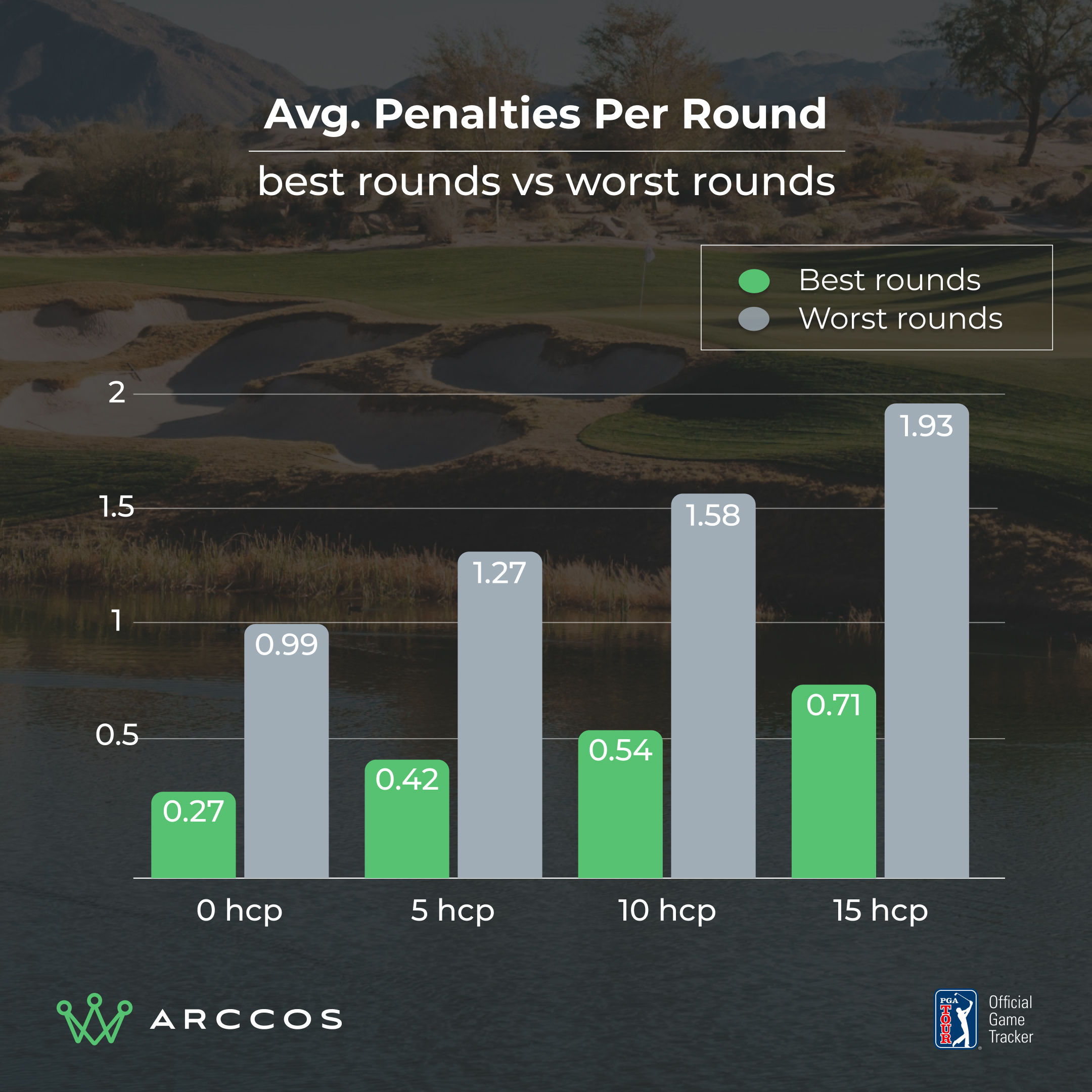
The graph shows the number of penalty strokes on average for the best and worst rounds, broken down by handicap index
At the other end of the spectrum, a scratch golfer accumulates roughly half the amount of penalty shots of a 10-handicapper, when both golfers are playing their relative 'best' rounds.
That gap greatly reduces when the same players play their 'worst' rounds, standing at a difference of 0.59 penalties, which could be due to the increased average distance off-the-tee taking wayward shots further into the hazards for the lower handicap golfer when the swing doesn't behave itself.
Interested in discovering insights on your own game from Golf Monthly's data partner? Check out the Arccos website and use code: 'GolfMonthly' to save 15%
It isn't just penalty shots that cost us, however, as the graph below highlights. Recovery shots can be frustrating and require you to get creative, especially when you don't have a direct line to the green and find yourself in undesirable positions.
Get the Golf Monthly Newsletter
Subscribe to the Golf Monthly newsletter to stay up to date with all the latest tour news, equipment news, reviews, head-to-heads and buyer’s guides from our team of experienced experts.
Scratch players hit an average of 0.39 recovery shots in their best rounds, which is almost half that of a 5-handicapper (0.71). A 10- (1.18) and 15-handicapper (1.85) play between one and two recovery shots per round on average in the best performances, so it's important not to get disheartened the next time you find your ball nestled at the base of a tree.
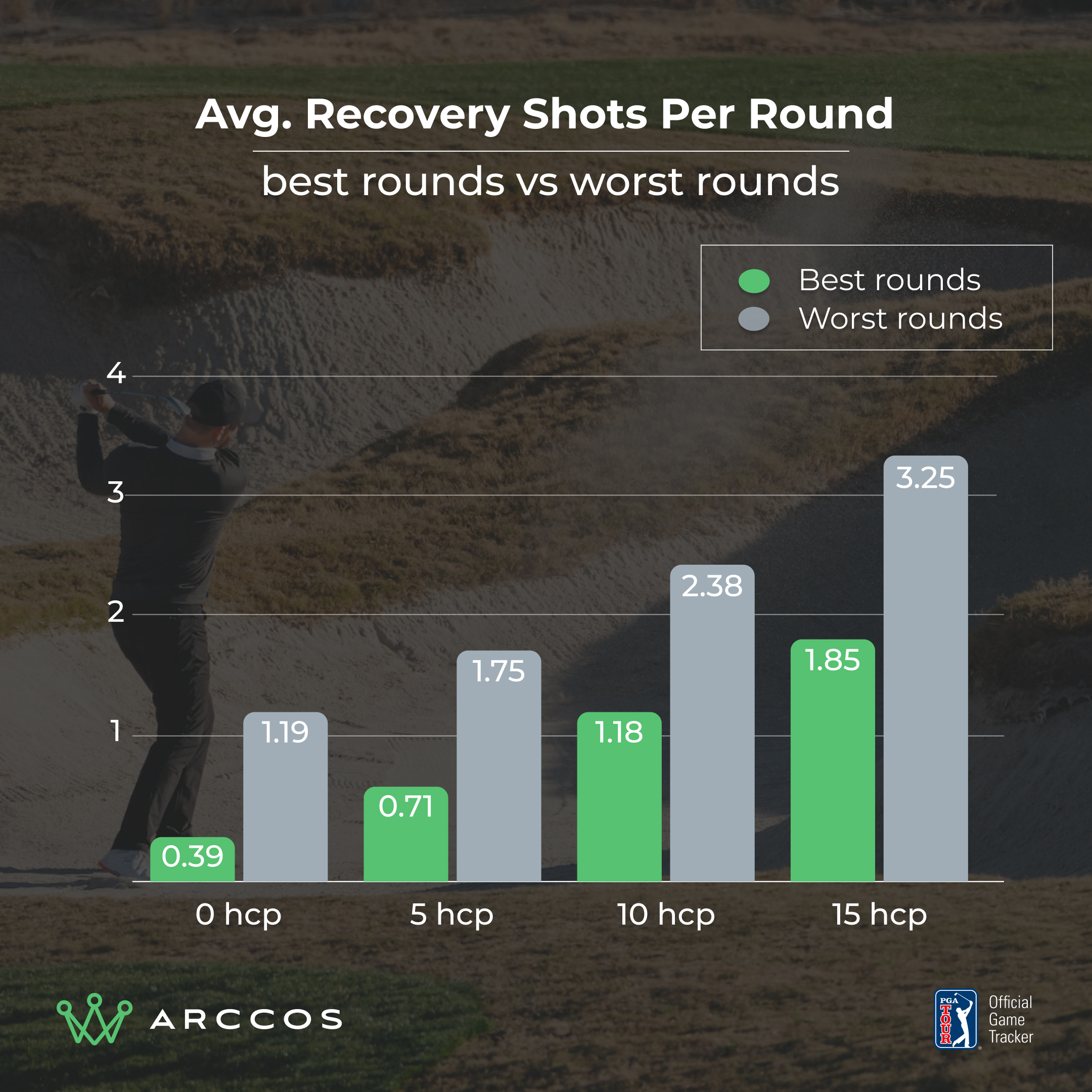
The graph shows the difference in the amount of recovery shots hit by golfers at different handicaps in their best and worst rounds
Similarly to penalty strokes, the gap isn't as wide between lower handicap golfers when you analyse recovery shots in their worst rounds, as the contrast between a scratch golfer and a 5-handicapper is just 0.56 strokes.
The variability between scratch players and 10-handicappers is exactly double in the same scenario (1.19 vs 2.38), and is almost three times as high when you compare scratch players to a 15-handicapper (1.19 vs 3.25).
From the data it's hard not to conclude that these things are going to happen no matter how good you are, but keeping the ball in-play as often as possible is far more important than finding the short grass off the tee. It's time to celebrate that squeezy slice that nestles in the rough and take the small wins on your way to banishing big scores from your card.

Barry joined Golf Monthly in January 2024, and now leads the instruction section across all platforms including print and digital. Working closely with Golf Monthly's Top 50 Coaches, he aims to curate and share useful tips on every aspect of the game - helping amateurs of all abilities to play better golf. A member at Sand Moor Golf Club in Leeds, he looks forward to getting out on the course at least once a week in the pursuit of a respectable handicap.
Barry is currently playing:
Driver: Benross Delta XT Driver
Hybrid: TaylorMade Stealth 4 Hybrid
Irons: Benross Delta XT 5-PW
Wedges: TaylorMade RAC 60, Callaway Jaws MD5 54
Putter: TaylorMade Spider Tour
-
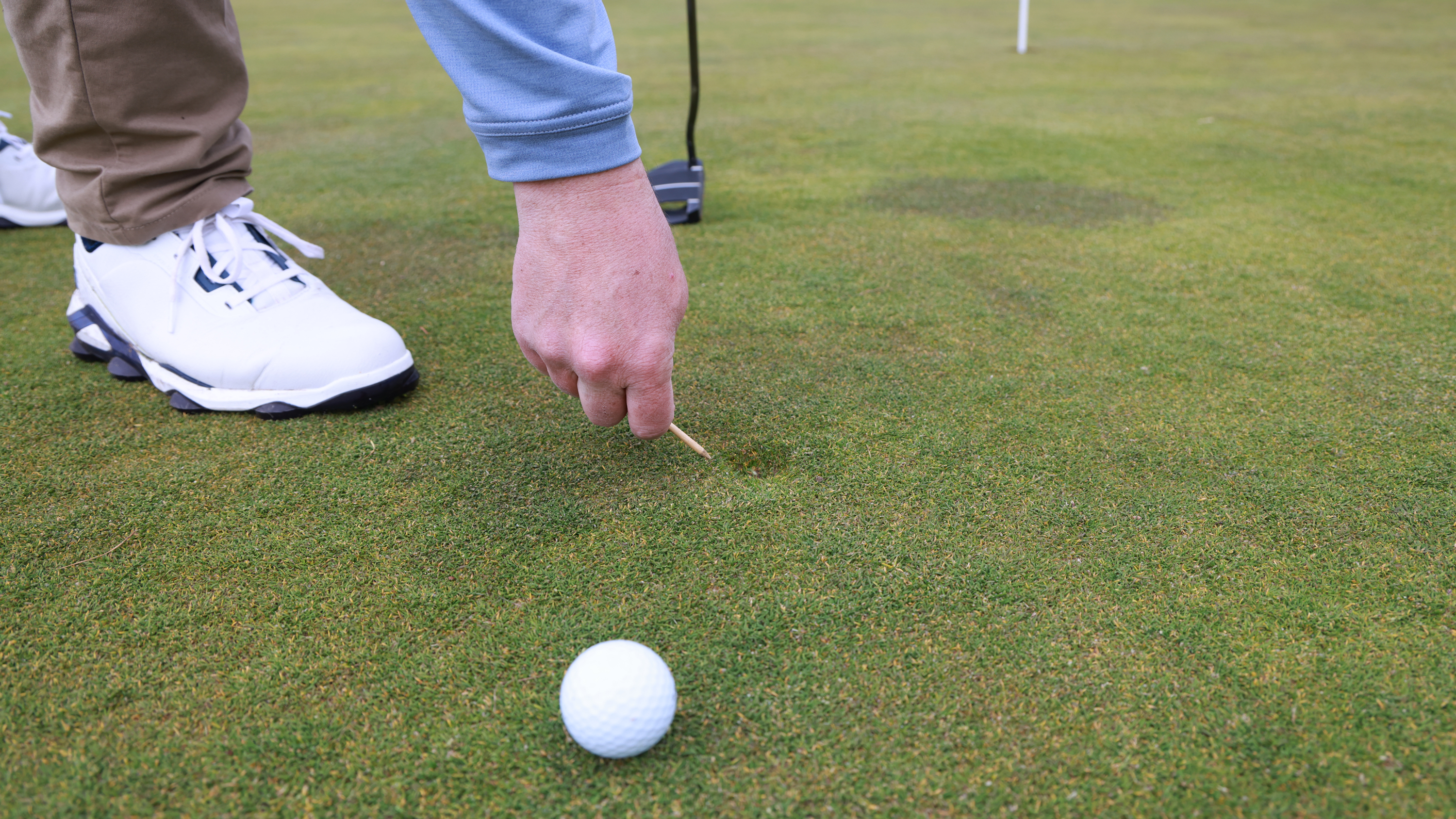 The 5 Rules I’ve Struggled With Most In My 40 Years As A Golfer
The 5 Rules I’ve Struggled With Most In My 40 Years As A GolferThere are some Rules that are easy to accidentally break and there are others that are difficult to accept. Here are five of them.
By Fergus Bisset Published
-
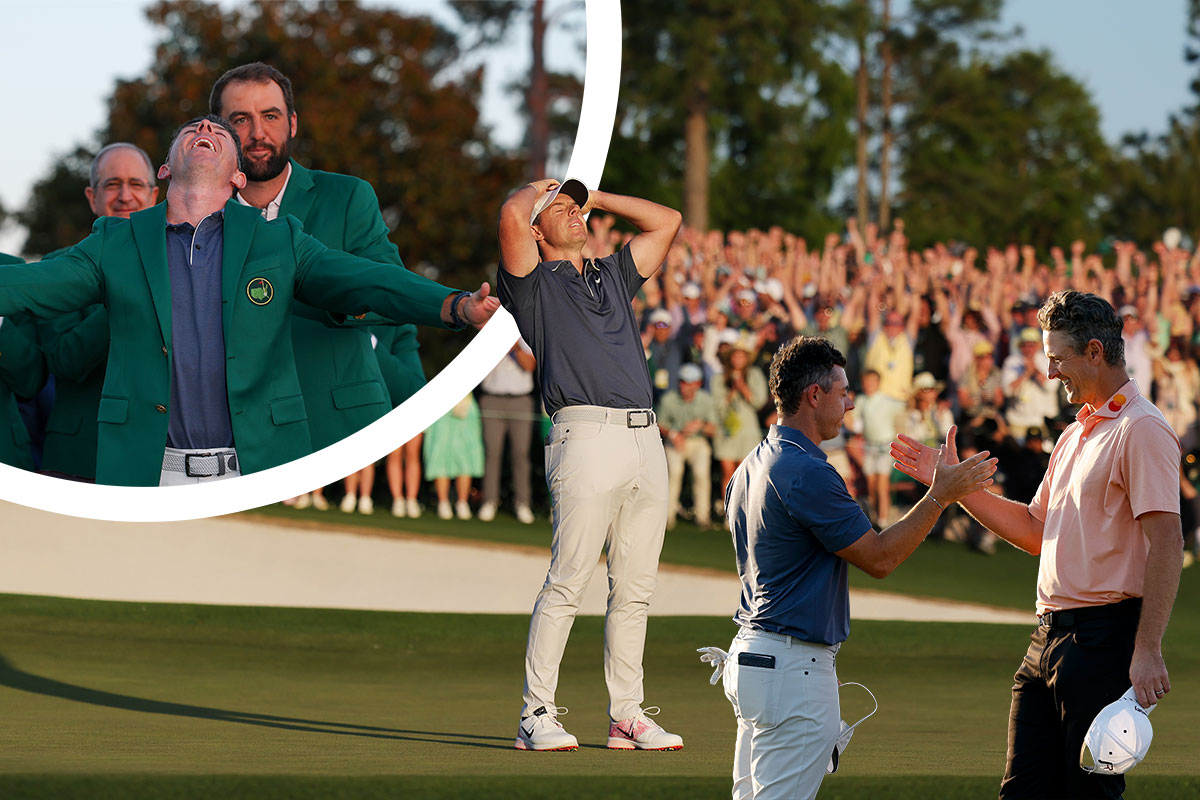 Was Rory McIlroy's Epic Masters Win The Greatest Major Of All Time?
Was Rory McIlroy's Epic Masters Win The Greatest Major Of All Time?Rory McIlroy winning The Masters and completing the Career Grand Slam was the perfect finish to an amazing tournament... but was it the most dramatic ever?
By Barry Plummer Published
-
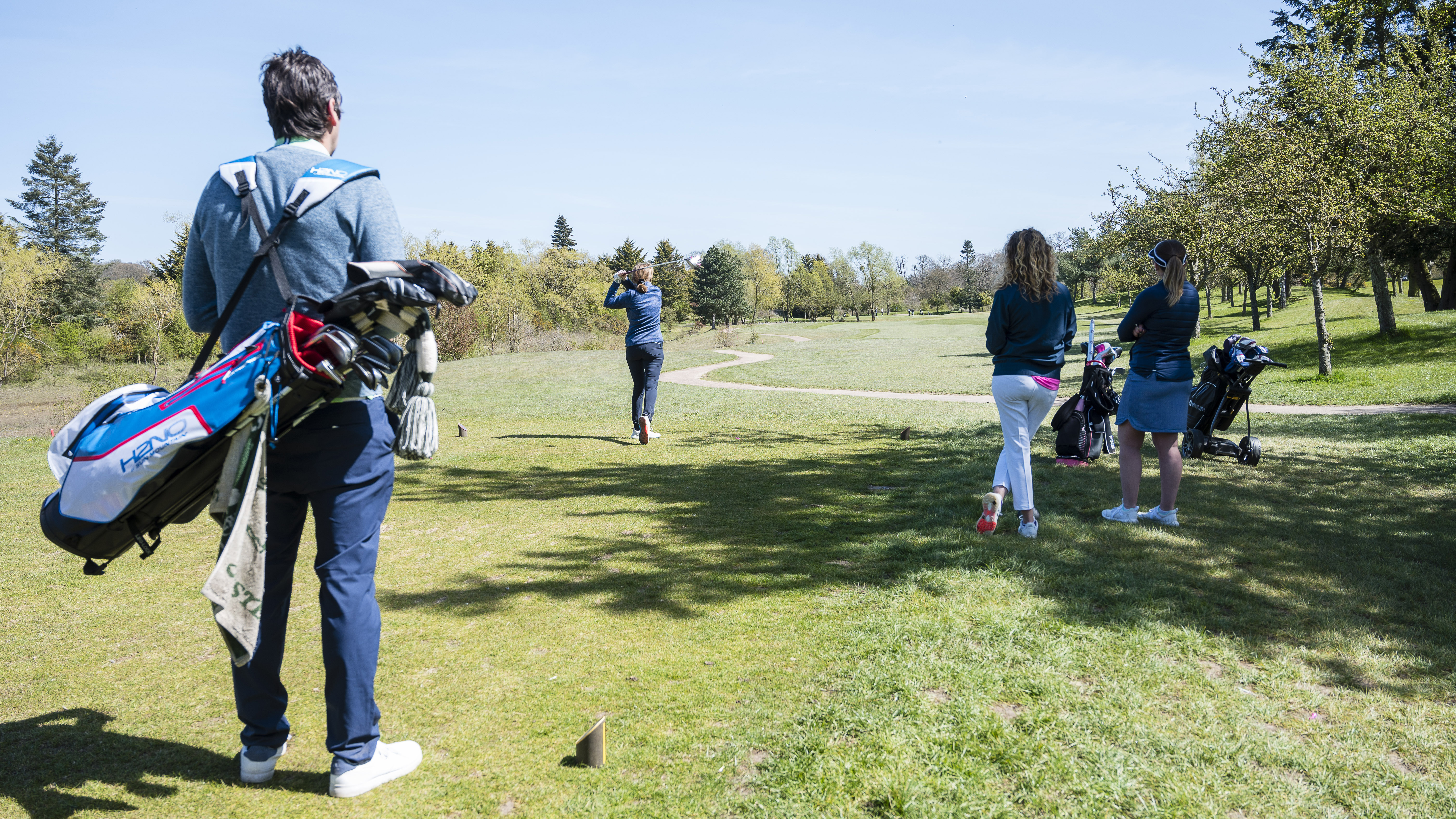 Does A 15-Handicap 30-Year-Old Hit The Golf Ball Further Than A Scratch 50-Year-Old?
Does A 15-Handicap 30-Year-Old Hit The Golf Ball Further Than A Scratch 50-Year-Old?The influence that driving distance has on a player's handicap index is well documented, but how much does age impact the long game battle between two golfers?
By Barry Plummer Published
-
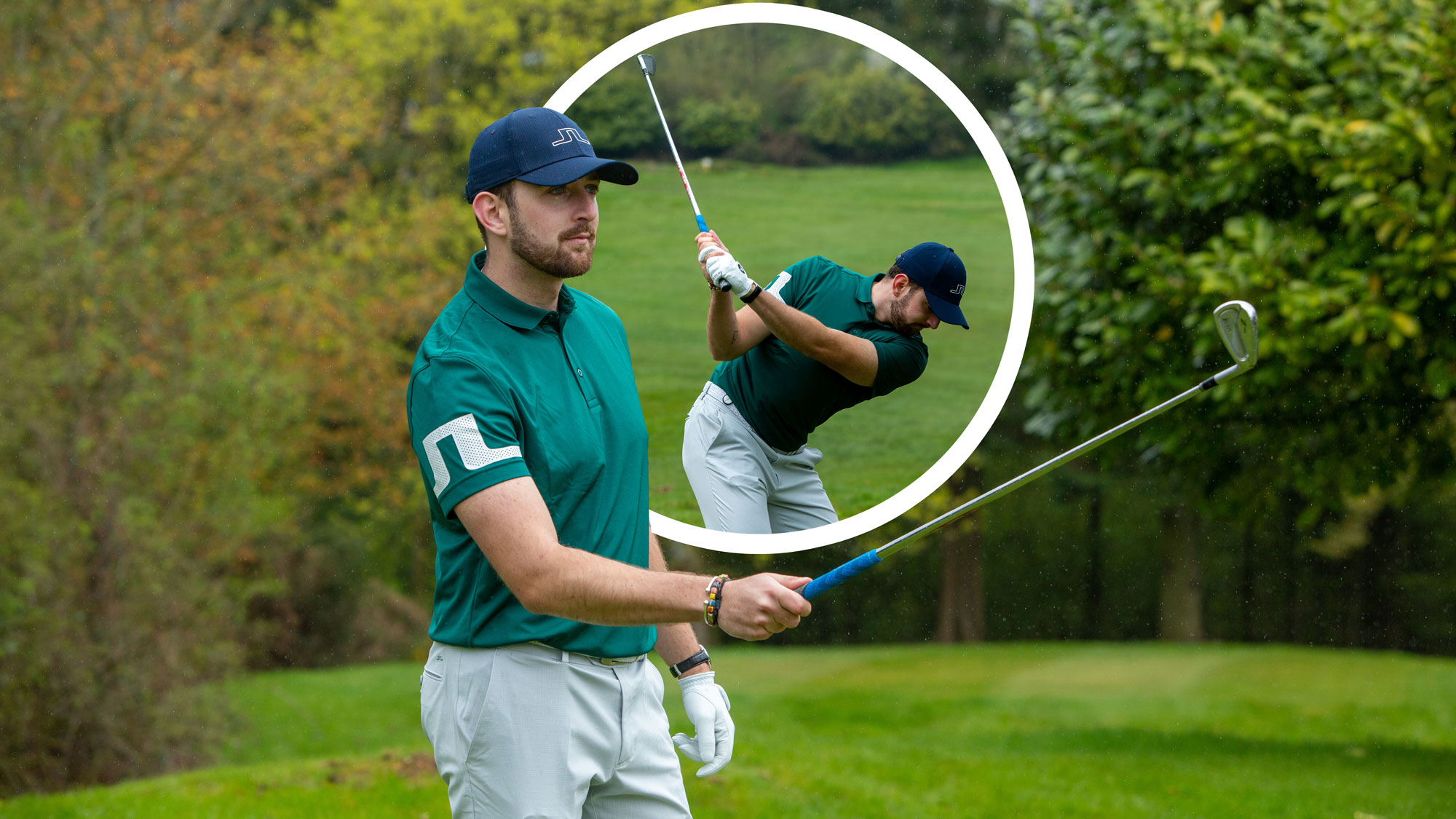 Data Reveals This Once Popular Club Is Dying Out... But What Are Amateurs Opting For Instead?
Data Reveals This Once Popular Club Is Dying Out... But What Are Amateurs Opting For Instead?There have been plenty of moments in golf's history where the game has subtly shifted in a different direction, and we could be witnessing one right now...
By Barry Plummer Published
-
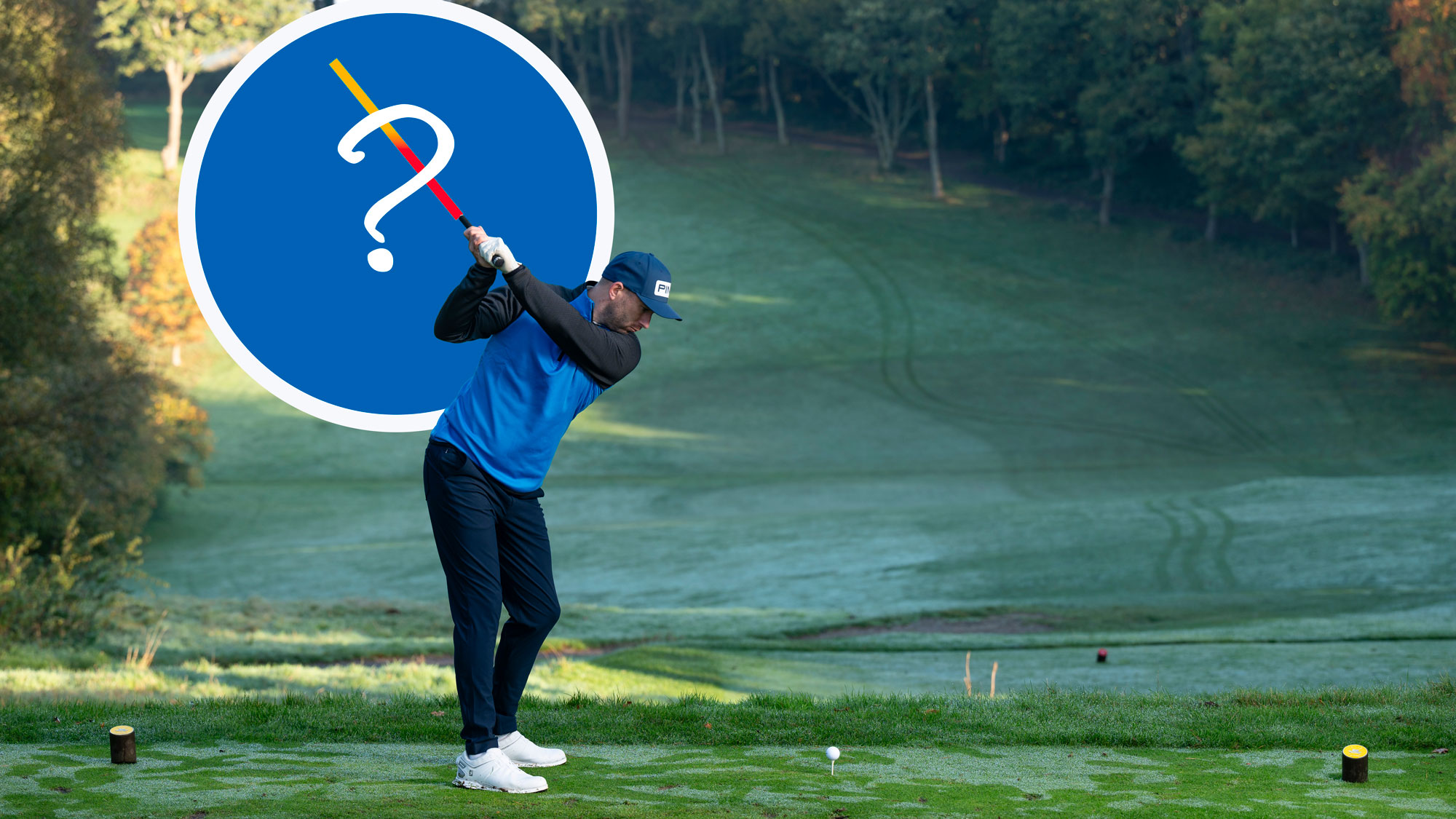 Less than 10% Of All Tee Shots Are Hit With This Club... Is It Time For A Change Of Strategy?
Less than 10% Of All Tee Shots Are Hit With This Club... Is It Time For A Change Of Strategy?Plenty of amateur golfers step onto the tee box and instinctively pull the driver headcover, but it could be time for a data-informed change of strategy...
By Barry Plummer Published
-
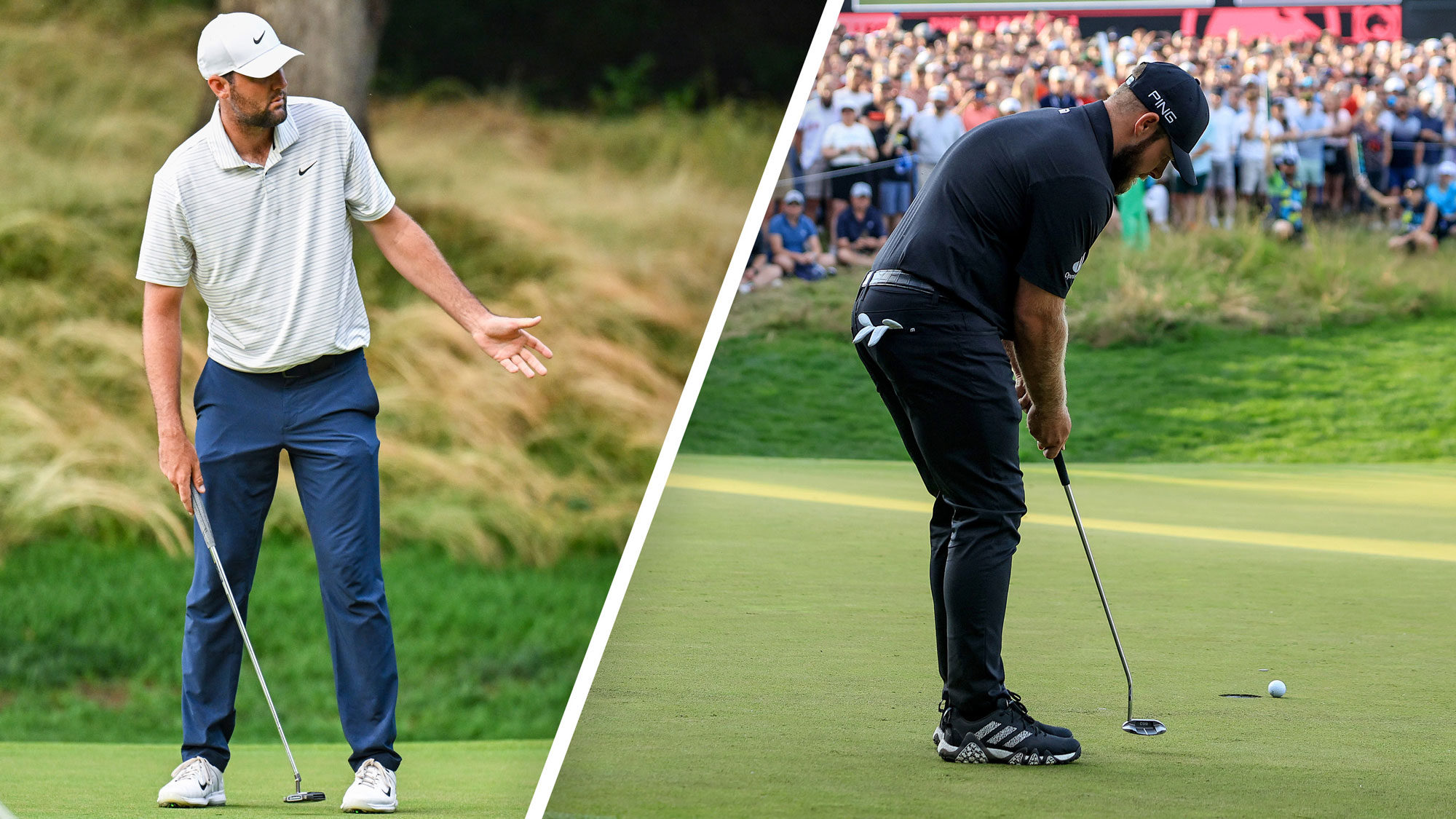 Amateur Golfers Make Less Than 40 Percent Of Putts From This Crucial Length'... Arccos Data Reveals Stark Putting Truths
Amateur Golfers Make Less Than 40 Percent Of Putts From This Crucial Length'... Arccos Data Reveals Stark Putting TruthsWhen standing over a 'makeable' putt, many golfers would fancy their chances as they pull the putter head back... But this data might make them think twice!
By Barry Plummer Published
-
 Fresh Data Shows The Age Amateur Golfers Hit Their Longest Drives... Is This True For You?
Fresh Data Shows The Age Amateur Golfers Hit Their Longest Drives... Is This True For You?Driving distance isn't everything, but data suggests longer tee shots can lead to a lower handicap. So, at what age do amateur golfers hit their longest drives?
By Barry Plummer Published
-
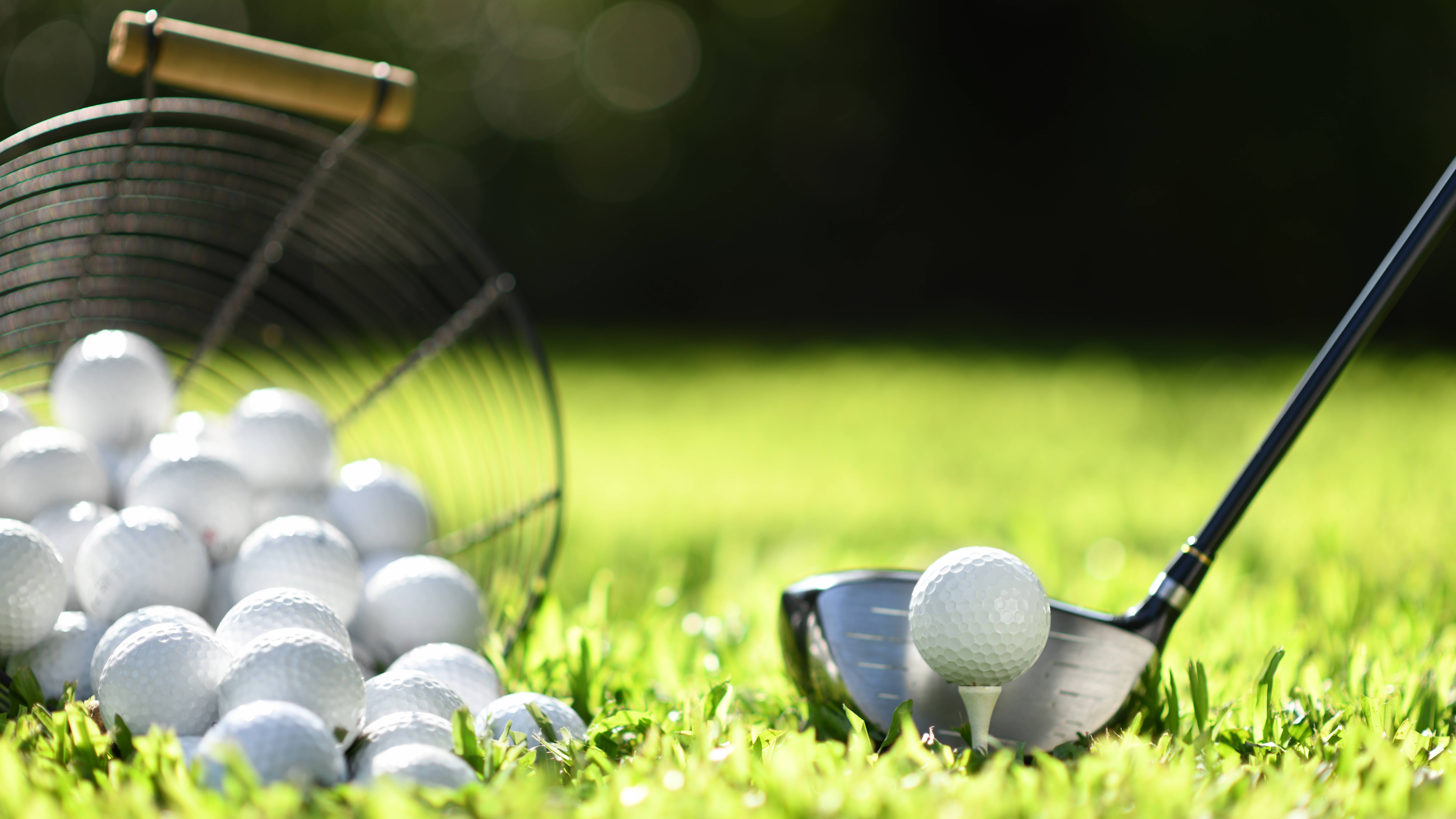 Heading To The 1st Tee? Stop Right There! This Data Proves Why The Range Might Be A Better Choice...
Heading To The 1st Tee? Stop Right There! This Data Proves Why The Range Might Be A Better Choice...Getting better at golf requires more than just playing regularly on the course, with the data suggesting that practise time could be the key to success...
By Carly Frost Published
-
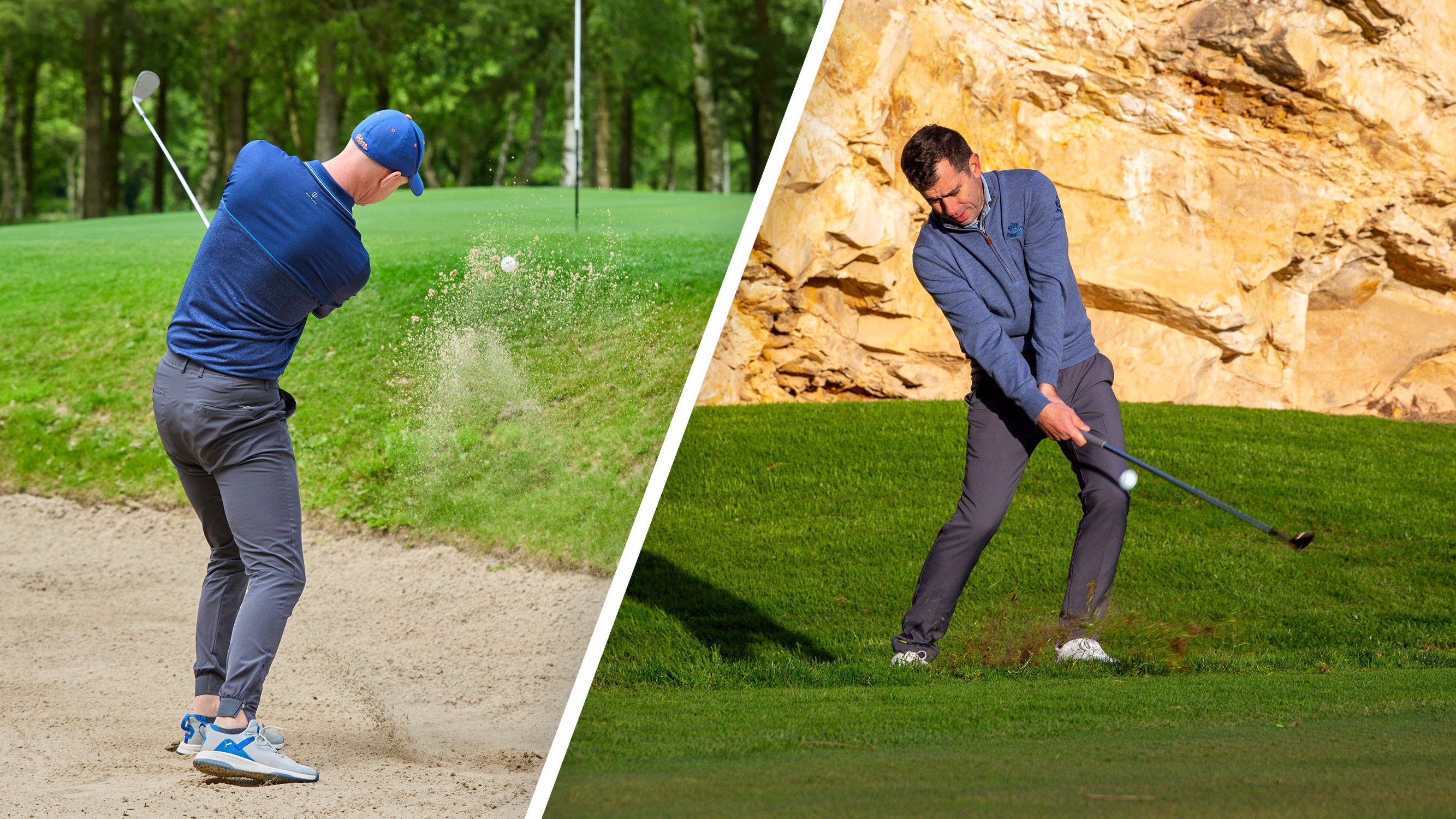 Is It Better To Miss The Green In The Bunker Or Rough? The Data Is Clear Cut...
Is It Better To Miss The Green In The Bunker Or Rough? The Data Is Clear Cut...When assessing options for your next approach shot, this data will help you make better decisions on the 'good' miss and reduce the risk of bringing bogey into play
By Barry Plummer Published
-
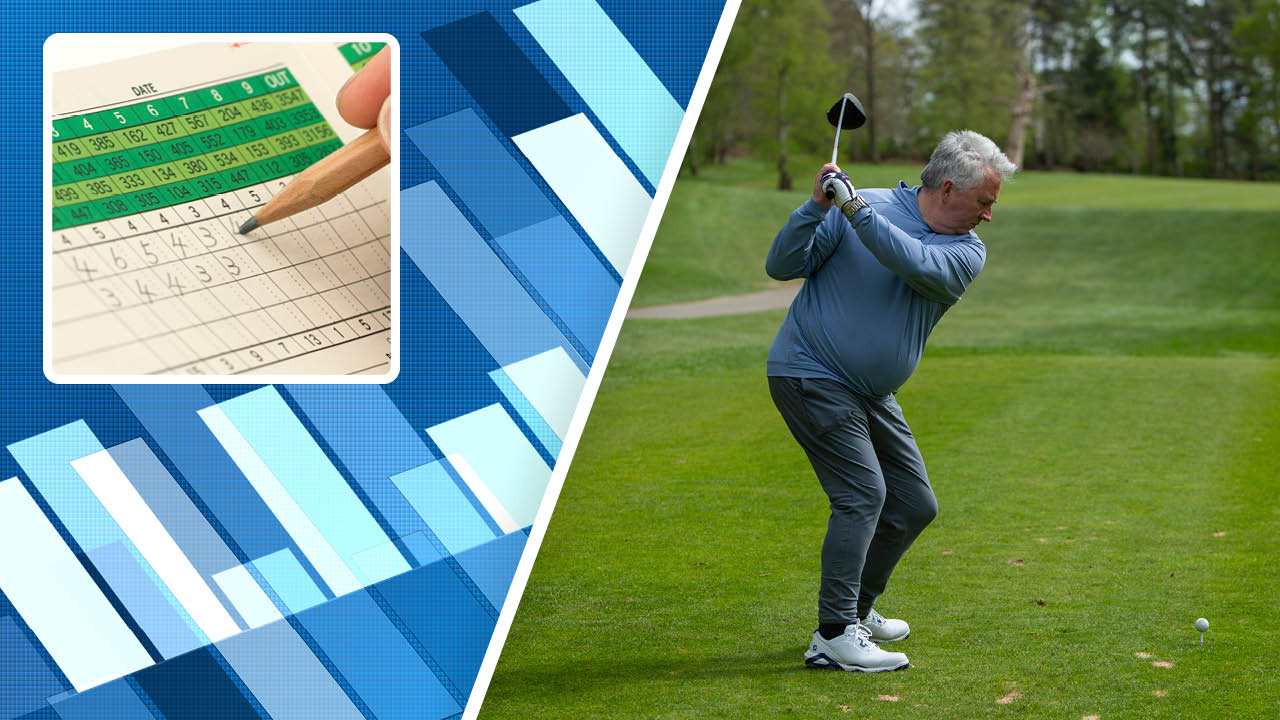 Why You DON'T Need To Make More Birdies To Chop 5 Shots Off Your Handicap
Why You DON'T Need To Make More Birdies To Chop 5 Shots Off Your HandicapFor a mid-handicap golfer, the route towards shooting lower scores and improving your handicap index is clear... if you have access to the right data!
By Barry Plummer Published
